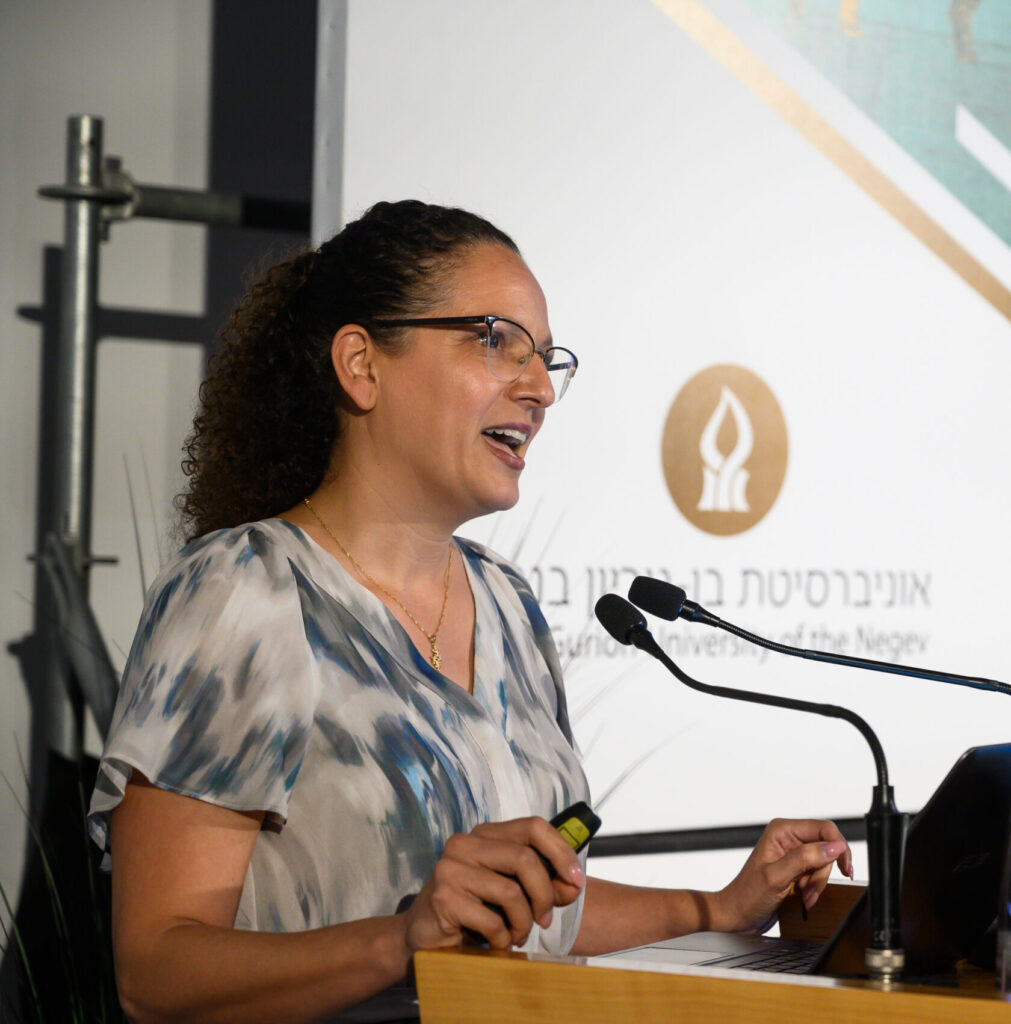
BGU Expert Discusses New Israeli Security Satellite
BGU Expert Discusses New Israeli Security Satellite
September 18, 2025

Prof. Dan Blumberg, VP Regional and Industrial Development at BGU and outgoing Chairman of the Israel Space Agency
The Jerusalem Post—The new Israeli reconnaissance satellite Ofek 19 was successfully launched into space. The satellite, built by Israel Aerospace Industries in cooperation with Unit 9900 and the Air Force, is an advanced electro-optical observation satellite equipped with optical cameras. The combination of capabilities gives Israel an exceptionally sharp intelligence eye against enemy states, including Iran and Yemen.
Prof. Dan Blumberg, Vice President of Ben-Gurion University of the Negev (BGU) and outgoing Chairman of the Israel Space Agency, explains: “The State of Israel needs the ability to observe and understand what is happening beyond its borders. Access to space allows us to receive real-time situational awareness of nearby and distant countries and use this information for security and defense purposes.”
What is a satellite?
An artificial object built by humans and launched into orbit around Earth or other planets. Its purposes are diverse: Intelligence gathering, communication, weather forecasting, navigation, and scientific research.
How does a satellite reach space?
Launch is carried out using a rocket. In Israel, the Shavit launcher, which takes off from the Palmachim base, is used. The rocket accelerates the satellite to an enormous speed, allowing it to enter a stable orbit around Earth. Prof. Blumberg emphasizes: “The ability to launch a satellite means controlling a sophisticated missile with advanced navigation and control systems. This achievement places Israel among the leading countries in the world.”
How are collisions in space avoided?
Space is increasingly filled with satellites and debris, known as “space junk.” There are American and international monitoring systems that track objects and warn of collision risks. In such cases, a satellite’s orbit can be slightly adjusted. “We have had to adjust a satellite in the past to prevent a collision,” notes Prof. Blumberg.
Can a satellite identify people inside buildings?
The answer is no. Satellites can detect relatively small objects like vehicles or facilities, but they do not penetrate buildings or identify faces. “A single tree in the desert will stand out, but in a forest, it blends in,” explains Prof. Blumberg
How does Israel compare to other countries in the space club?
“Currently, only thirteen countries in the world have independent satellite launch capability, including the United States, Russia, China, India, France, Japan, and Iran. Israel joined the club in 1988 with the launch of ‘Ofek 1’ and was the eighth country in the world to achieve this capability.”
“Since then, it has launched dozens of military and civilian satellites. The ability to develop and launch satellites is evidence of impressive technological power,” says Prof. Blumberg. “It is not only an intelligence tool but also a message to the world about Israel’s scientific and engineering capabilities.”
Why does Israel launch satellites?
“The main reason is security. Observation satellites provide vital information about enemy countries, protect soldiers, and prevent surprises. At the same time, communication satellites provide independence for television and internet broadcasts. The latest launch demonstrates impressive technological capabilities built through great effort,” concludes Prof. Blumberg.
“These capabilities provide us with security but also open the door to civilian uses that contribute to Israel’s economic prosperity. The view from the sky has long ceased to be a distant dream; it is an integral part of Israel’s security and technological reality,” he concludes.



